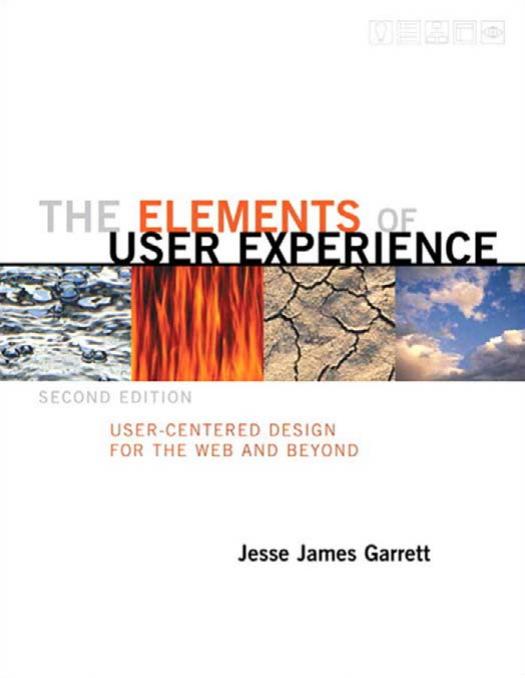The Elements of User Experience: User-Centered Design for the Web and Beyond (2nd Edition) (Voices That Matter) by Jesse James Garrett

Author:Jesse James Garrett
Language: eng
Format: mobi, pdf
Publisher: Pearson Education
Published: 2010-12-15T18:30:00+00:00
An adaptable architecture can accommodate the addition of new content within a section (top) as well as entire new sections (bottom).
Architectural Approaches
The basic unit of information structures is the node. A node can correspond to any piece or group of information—it can be as small as a single number (like the price of a product) or as large as an entire library. By dealing with nodes rather than with pages, documents, or components, we can apply a common language and a common set of structural concepts to a diverse range of problems.
The abstraction of nodes also allows us to explicitly set the level of detail we will be concerned with. Most Web site architecture projects are only concerned with the arrangement of pages on the site; by identifying the page as our base-level node, we make it explicit that we won’t be dealing with anything smaller. If the page itself is too small for the project at hand, we can have each node correspond to an entire section of the site. If the page is too big, we can define nodes as individual content elements within the page, and the page as a group of nodes.
These nodes can be arranged in many different ways, but these structures really fall into just a few general classes.
In a hierarchical structure—sometimes called a tree or hub-and-spoke structure—nodes have parent/child relationships with other related nodes. Child nodes represent narrower concepts within the broader category represented by the parent node. Not every node has children, but every node has a parent, leading all the way up to the parent node of the entire structure (or the root of the tree, if you prefer). Because the concept of hierarchical relationships is well understood by users and because software tends to work in hierarchies anyway, this type of structure is far and away the most common.
Download
The Elements of User Experience: User-Centered Design for the Web and Beyond (2nd Edition) (Voices That Matter) by Jesse James Garrett.pdf
This site does not store any files on its server. We only index and link to content provided by other sites. Please contact the content providers to delete copyright contents if any and email us, we'll remove relevant links or contents immediately.
The Mikado Method by Ola Ellnestam Daniel Brolund(20603)
Hello! Python by Anthony Briggs(19899)
Secrets of the JavaScript Ninja by John Resig Bear Bibeault(18208)
Dependency Injection in .NET by Mark Seemann(18108)
The Well-Grounded Java Developer by Benjamin J. Evans Martijn Verburg(17575)
Kotlin in Action by Dmitry Jemerov(17185)
Sass and Compass in Action by Wynn Netherland Nathan Weizenbaum Chris Eppstein Brandon Mathis(13266)
Secrets of the JavaScript Ninja by John Resig & Bear Bibeault(11381)
Jquery UI in Action : Master the concepts Of Jquery UI: A Step By Step Approach by ANMOL GOYAL(9387)
Svelte with Test-Driven Development by Daniel Irvine(8139)
Test-Driven Development with PHP 8 by Rainier Sarabia(7889)
Layered Design for Ruby on Rails Applications by Dementyev Vladimir;(7707)
Web Development with Django by Ben Shaw Saurabh Badhwar(7216)
React Application Architecture for Production by Alan Alickovic(6899)
Software Architecture for Web Developers by Mihaela Roxana Ghidersa(4980)
Audition by Ryu Murakami(4888)
Accelerating Server-Side Development with Fastify by Manuel Spigolon Maksim Sinik & Matteo Collina(4837)
Solidity Programming Essentials by Ritesh Modi(4565)
Build Your Own Web Framework in Elixir by Aditya Iyengar(4439)
